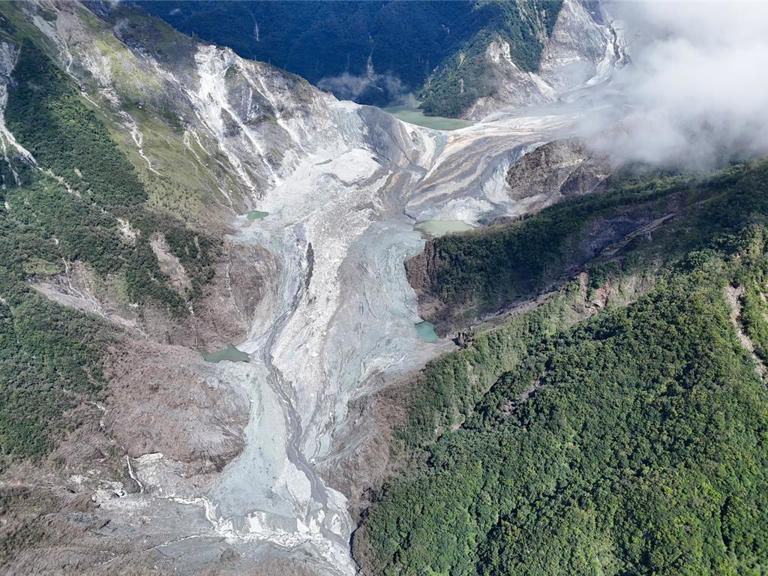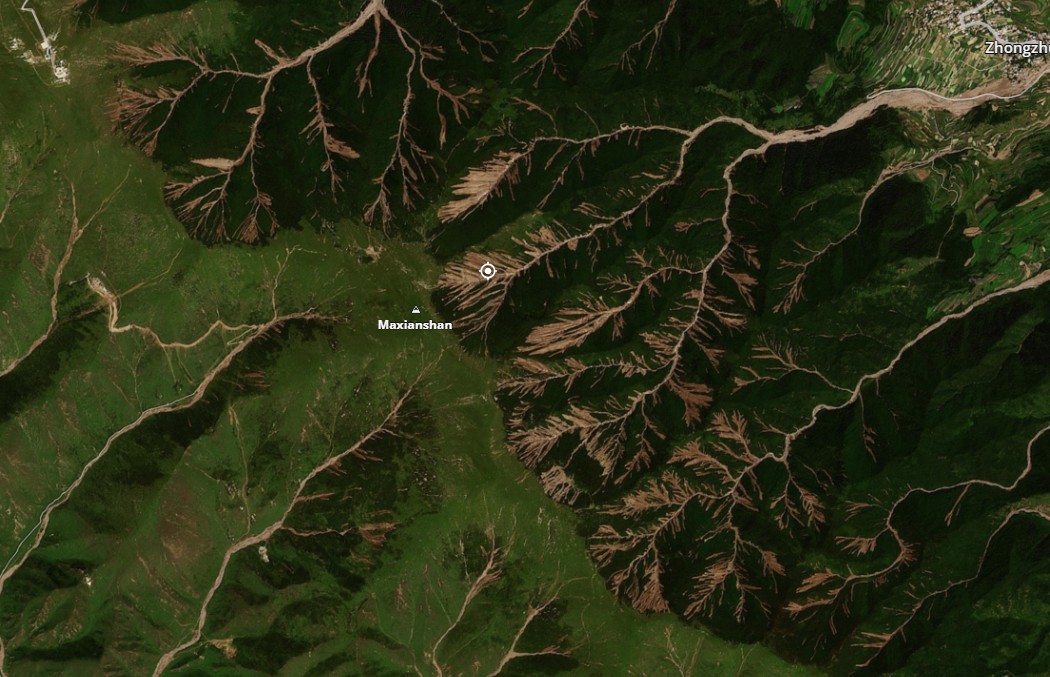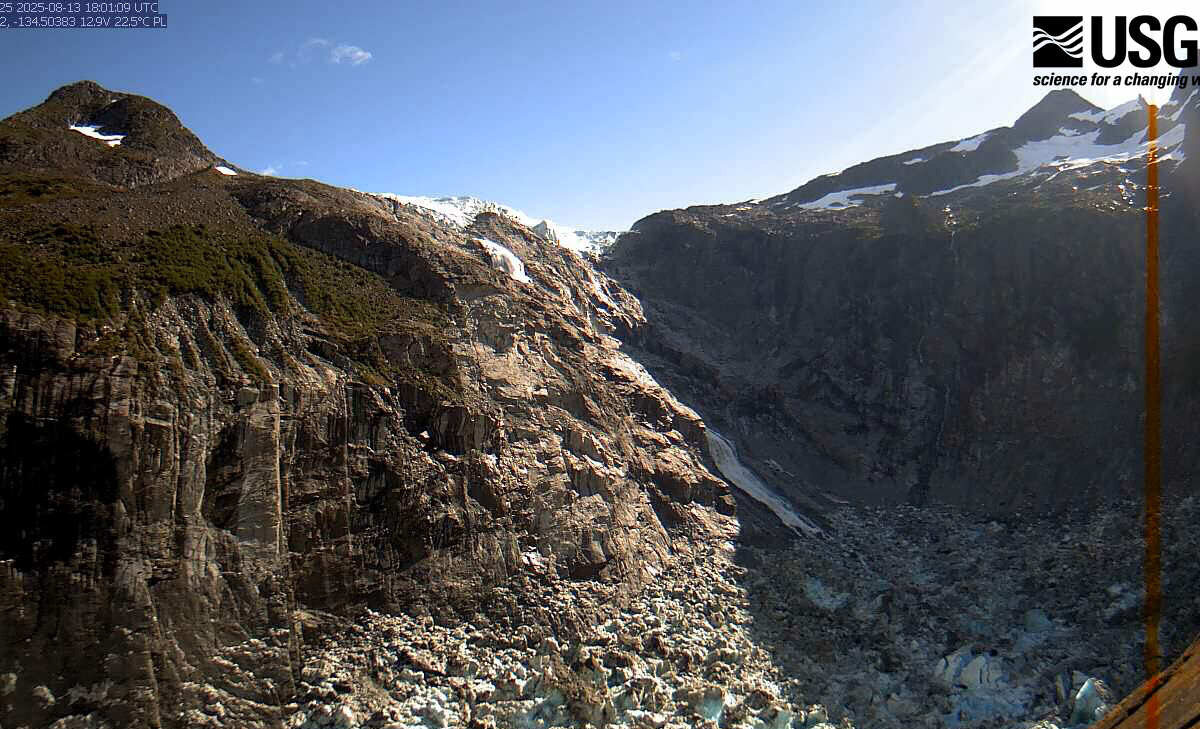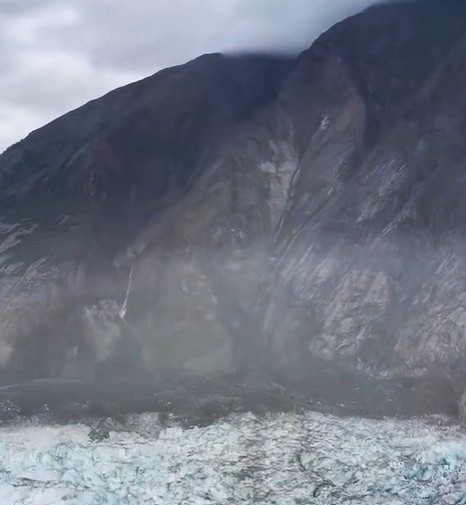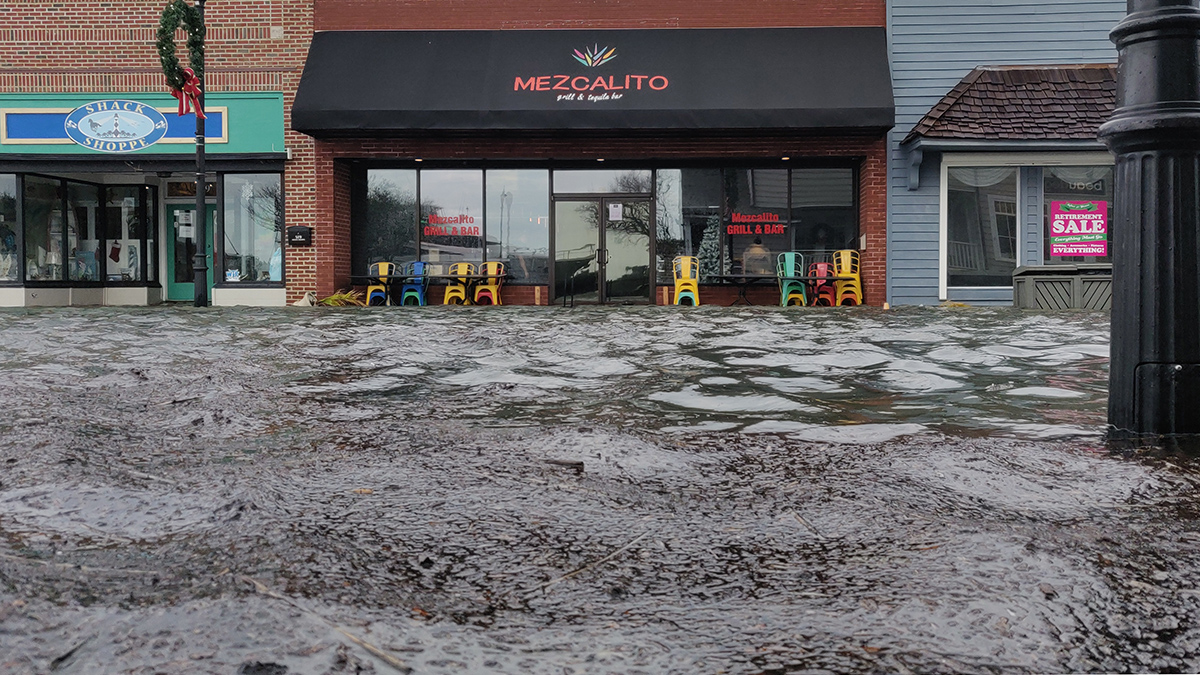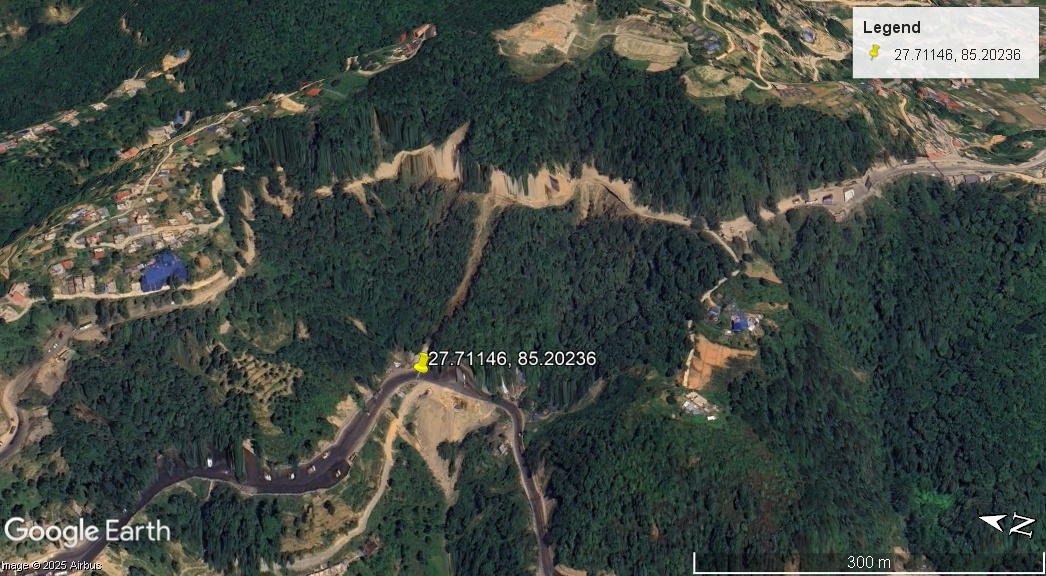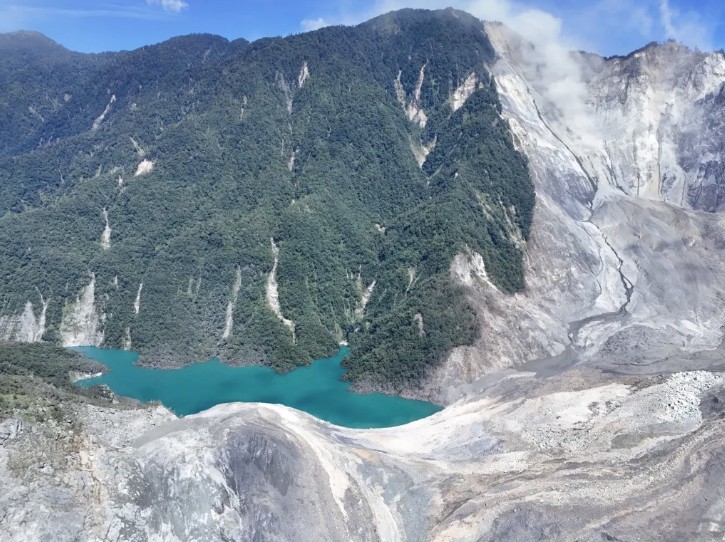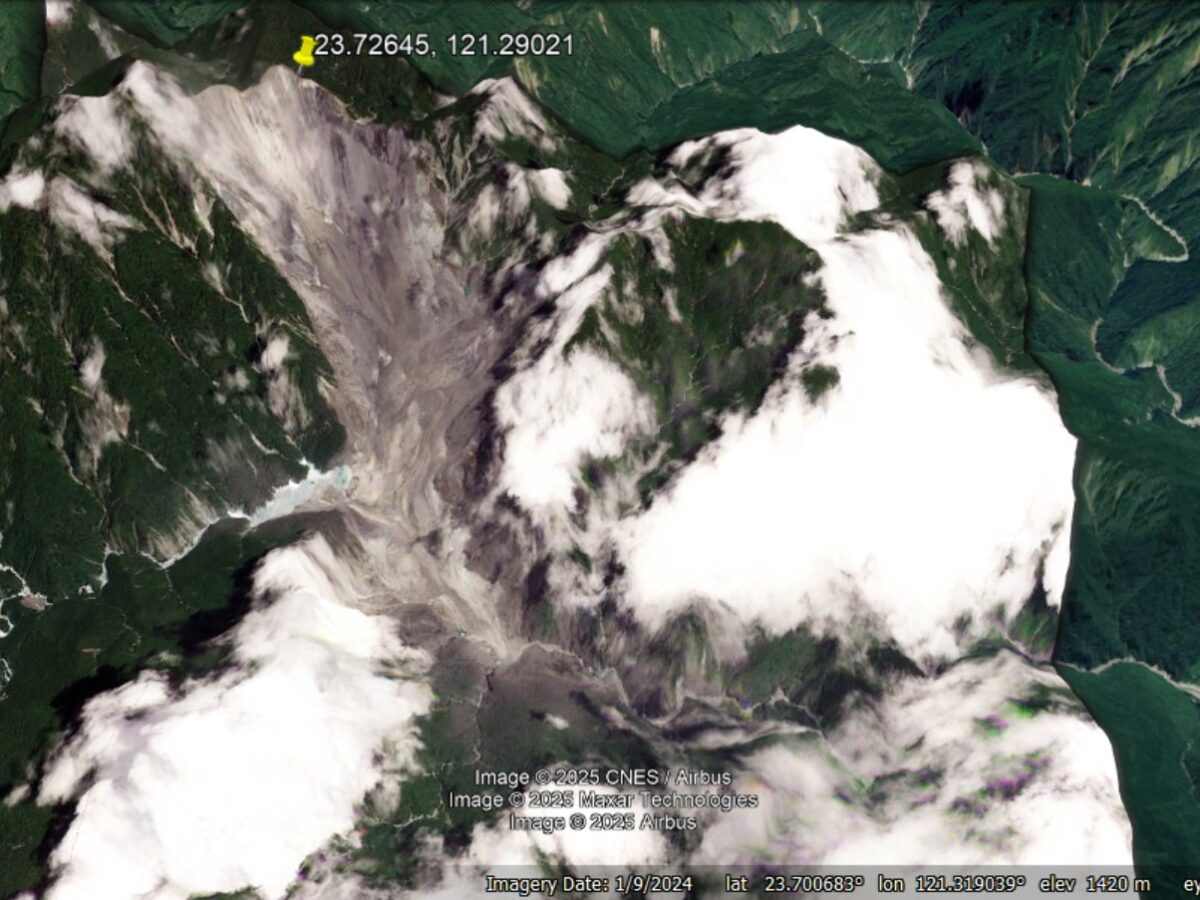Following the passage Typhoon Podul, the lake created by this massive landslide has now grown considerably. Overtopping is expected in October, although could occur sooner if further heavy rainfall occurs. The landslide-dammed lake behind the the enormous 21 July 2025 rock avalanche in the Matia’an valley, in Wanrong township in eastern Taiwan continues to fill. […]
Hazards & Disasters
The 7 August 2025 landslides and debris flows in Yuzhong County, Gansu Province
At least 43 people were killed in devastating landslides and debris flows in northern China. Planet Labs images provide an insight into this disaster. It is extremely challenging to keep up with the landslides occurring around the world at the moment. There has been a lot of attention paid to the remarkable rock slope failure […]
The 1-2 August 2025 Carne Wall landslide in the Blue Mountains of Australia
The 200,000 cubic metre collapse of a rock pillar has destroyed two extremely challenging climbing routes. At a time when there is a great deal going on in the landslide world, another really interesting event has almost passed me by. Thanks to loyal reader Scott for highlighting another remarkable event. Overnight on 1 – 2 […]
Glacial Lake Outburst Causes Record River Crest in Juneau
The Mendenhall River in Juneau, Alaska, reached a record-breaking crest Wednesday morning thanks to a glacial outburst flood (GLOF) from Suicide Basin. At 16.65 feet, the crest exceeded the previous record flood stage of 15.99 feet in 2024.
Updates from the Alaska Earthquake Center regarding the 10 August 2025 landslide
The location of this major event has now been identified. It was a major rock slope failure that ran out across the South Sawyer Glacier. The Alaska Earthquake Center has now provided a detailed update about the 10 August 2025 landslide that occurred in the area of Tracy Arm. This work has been led by […]
Residents Know When Floods Happen, But Data Must Catch Up
Federal flood measurements often don’t match what people see in their communities. Scientists have created a hyperlocal solution.
The devastating 26 to 28 September 2024 rainfall event in Nepal
The most severe rainfall event ever recorded in Nepal impacted about 2.6 million people, causing losses of US$370 million and about 270 lives. Between 26 and 28 September 2024, a devastating late monsoon rainfall event in Nepal triggered hundreds of landslides. In landslide terms, this was the most serious event recorded in Nepal outside of […]
A likely large, tsunamigenic landslide in Tracy Arm inlet, Alaska on 10 August 2025
Seismic data and eye-witness reports of a displacement wave point to a large landslide at 5:30 am. On 10 August 2025, at 5:30 am local time, the Alaska Earthquake Center detected a seismic signal that was almost certainly generated by a landslide. They have posted the record of the seismic signal to Twitter. Their posting […]
The challenges of the valley blocking landslide in the Matia’an Valley in Wanrong township, Taiwan
The 21 July 2025 rock avalanche is generating a lake that could have a volume of 86 million cubic metres at the point of overtopping. This poses a threat to at least seven downstream communities in east Taiwan. Yesterday, I posted about the enormous 21 July 2025 rock avalanche in the Matia’an valley, in Wanrong […]
The 21 July 2025 giant rock avalanche in Wanrong township, Taiwan
On 21 July 2025, a very large rock avalanche occurred in the mountains of Hualien County, Taiwan. Initial measurements suggest that this ran out over about 6 km. On 21 July 2025, an extremely large rock avalanche occurred in the administrative area of Wanrong Township in Hualien Count in Taiwan. This event was detected on […]

